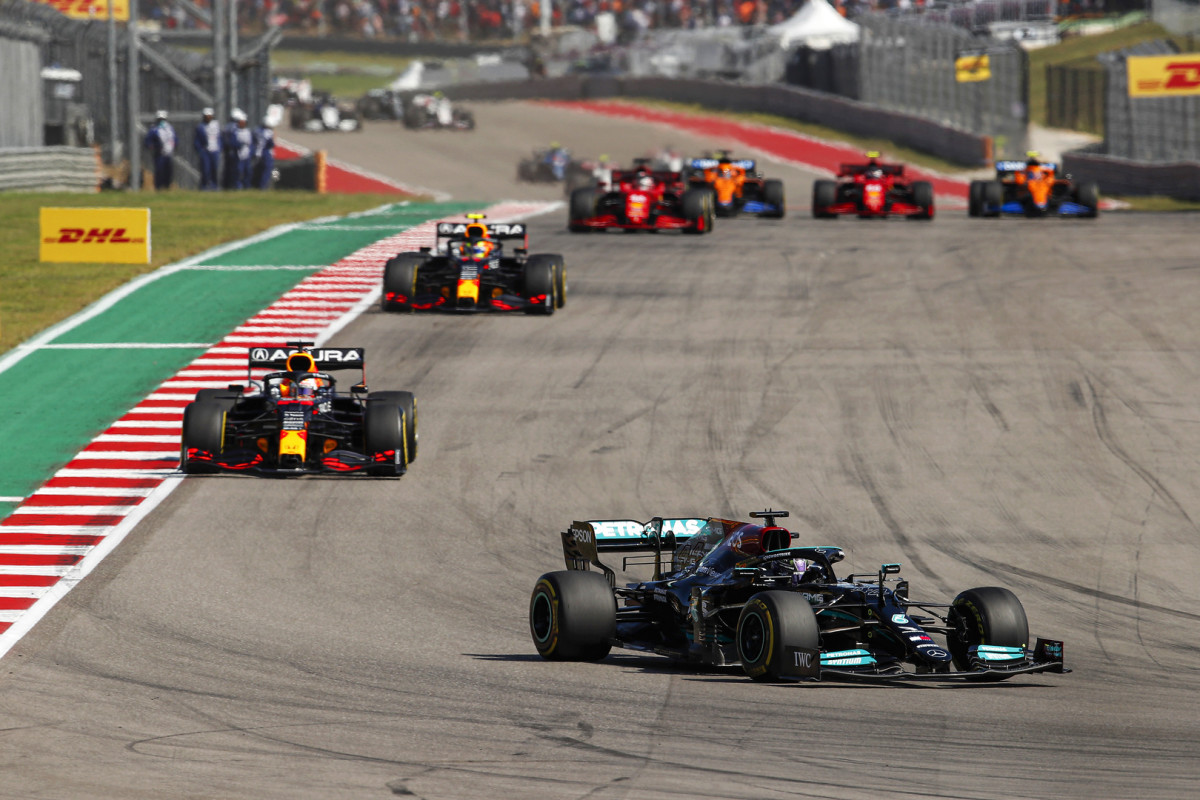
F1 News: FIA Plans Simplification Of 2026 Rules After Lewis Hamilton Disqualification
Following the disqualifications of Lewis Hamilton and Charles Leclerc at the United States Grand Prix due to underfloor plank wear violations, the FIA has announced plans to simplify and potentially standardise this component in the 2026 Formula 1 regulations.
Key Takeaways:
- The FIA aims to address the complexities of the underfloor plank, a critical component in F1 cars, by considering its standardisation in the 2026 regulations. This decision comes in the wake of Hamilton and Leclerc's disqualification in Austin for exceeding the wear limit.
- The current rules mandate a 10mm thick plank with a minimal tolerance, essential for maintaining safety and performance. However, the FIA acknowledges the challenges posed by circuit features and the inherent design of ground-effect cars, leading to frequent wear and potential performance issues.
- Nikolas Tombazis, the FIA’s Single Seater Director, highlighted the difficulty in implementing uniform standards due to governance structures and team opposition. Despite previous setbacks, there's a strong push for significant simplification in the 2026 rules.
The FIA's move to simplify the underfloor plank regulations is a response to the growing concerns around the complexity and safety implications of this critical F1 component. This initiative aims to balance performance and safety, considering the plank's role in determining the car's ride height and its influence on aerodynamics.
In October's Austin GP, the limited practice time, parc ferme conditions, and the surface of the Circuit of the Americas all led to excessive plank wear on some cars. Out of the four cars which were inspected after the race, both Lewis Hamilton and Charles Leclerc's planks were found to have exceeded the limit of wear leading to their disqualification from the race.
Hamilton and Leclerc's disqualifications highlighted a broader issue, suggesting that more teams could have been penalised under more thorough checks. The plank, first introduced in the 1990s, aims to restrict the minimum ride height for safety reasons. It ensures the car doesn’t bottom out, which can lead to wear and aerodynamic disruption.
However, Tombazis pointed out the difficulty in balancing circuit design and car adjustments. The desire for lower ride heights for better performance is at odds with the risk of wear and damage to the plank. He stated:
“We do need to make sure circuits, generally speaking, avoid features which may cause that.
“It’s a thin line between when it may be the responsibility of a circuit to sort out some features or detail and when the teams may just need to raise the car up more. We obviously will try to fix these areas with the circuits.
"Are the cars too low? Yes, we would rather they were riding a bit higher, but the inherent characteristic of a ground-effect car is that it tends to have more performance running low. That’s something I don’t think we can easily avoid.
“We tried to do a uniform skid [plank] in the regulations, but you have to realise that sometimes we do want to do things and then we still need to go through governance, and the teams need to vote for it.
“Sometimes, you don’t have enough support. So, for 2026, we believe we’re going to simplify very much that area that we couldn’t simplify as much as we would have liked for the current regulations.”


